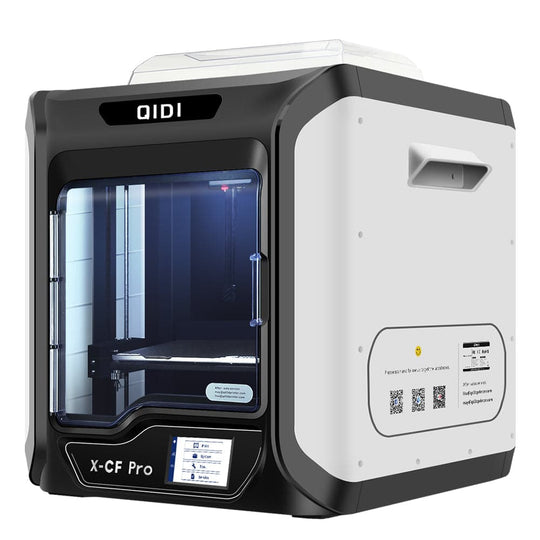In the ever-evolving world of manufacturing, Fused Deposition Modeling (FDM) has emerged as a game-changer. This blog post delves into the latest FDM printing techniques you need to know, offering a fresh perspective on how these advancements are revolutionizing the industry.

Revolutionizing Industry Sharon Degidio: The Latest FDM Printing Techniques You Need to Know
FDM printing, a cornerstone of additive manufacturing, has seen significant advancements in recent years. These innovations are not just enhancing the quality and speed of production but are also expanding the horizons of what can be achieved with 3D printing technology.
Advanced Material Capabilities
One of the most exciting developments in FDM printing is the introduction of advanced materials. Traditional FDM printers primarily used PLA and ABS plastics. However, recent advancements have enabled the use of composite materials, including carbon fiber, metal-infused filaments, and high-temperature polymers. These materials offer enhanced strength, durability, and thermal resistance, making them suitable for a broader range of applications.
For instance, carbon fiber-reinforced filaments are now being used to create lightweight yet strong components for the aerospace and automotive industries. This shift not only improves the performance of the final products but also reduces production costs and time.
Multi-Material Printing
Another groundbreaking technique in FDM printing is multi-material printing. This innovation allows for the simultaneous use of different materials within a single print job. By integrating multiple materials, manufacturers can create complex structures with varying properties, such as flexible joints within rigid frameworks or conductive pathways within insulating materials.
Multi-material printing is particularly beneficial in the production of electronic devices, medical implants, and customized consumer products. It opens up new possibilities for creating multifunctional components that were previously impossible to manufacture using traditional methods.
Enhanced Print Speed and Precision
Speed and precision are critical factors in the manufacturing industry. Recent advancements in FDM printing technology have significantly improved both. High-speed FDM printers now utilize advanced motion control systems and optimized extrusion techniques to achieve faster print times without compromising on quality.
Moreover, innovations such as variable layer height and adaptive slicing algorithms have enhanced the precision of FDM prints. These techniques allow for finer details and smoother surfaces, making FDM-printed parts suitable for applications that demand high accuracy and aesthetic appeal.
Automated Post-Processing
Post-processing has always been a time-consuming aspect of FDM printing. However, the introduction of automated post-processing systems is changing the game. These systems can perform tasks such as support removal, surface smoothing, and painting, significantly reducing the manual labor involved.
Automated post-processing not only speeds up the production process but also ensures consistent quality across multiple prints. This is particularly advantageous for industries that require high-volume production runs, such as consumer electronics and medical devices.
Revolutionizing Industry Sharon Degidio: The Future of FDM Printing
The latest FDM printing techniques are pushing the boundaries of what is possible in additive manufacturing. As these technologies continue to evolve, we can expect even more innovative applications and improved efficiencies in various industries.
From advanced materials and multi-material printing to enhanced speed and precision, and automated post-processing, the future of FDM printing is bright. These advancements are not just revolutionizing the industry but are also paving the way for new possibilities in design and manufacturing.
In conclusion, staying abreast of the latest FDM printing techniques is crucial for anyone involved in the manufacturing sector. By embracing these innovations, businesses can enhance their production capabilities, reduce costs, and stay competitive in an ever-changing market.








